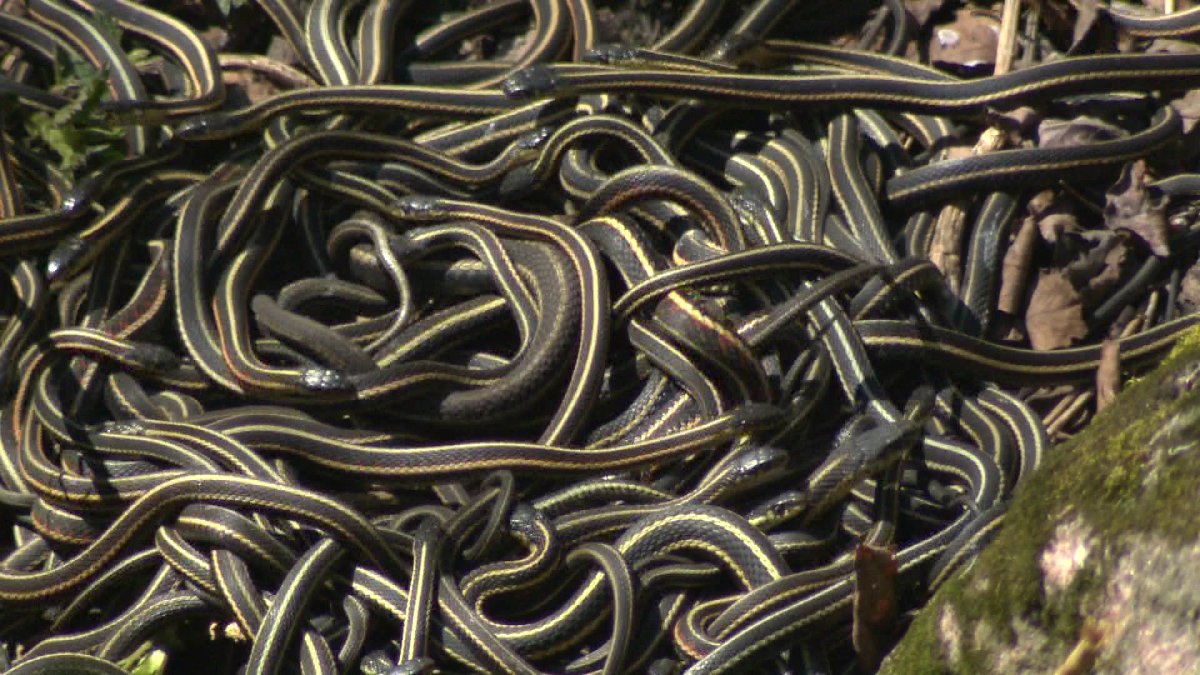TORONTO – When you see the sea of green, the shamrocks, and glasses of Guinness glugged on Saint Patrick’s Day, you may be celebrating the wrong things.

Here’s a look at some myths surrounding St. Patrick’s Day and the storied man at its centre, so you don’t offend any true Irish with your popular festivities.
1. St. Patrick was Irish
Nope! He was born in Britain around 390 C.E. to a Christian family, but only became interested in Christianity when he was kidnapped at 16 by Irish pirates and brought to Ireland to tend sheep as a slave for seven years.
Folklore suggests he escaped after a voice came to him in his dreams leading him to hitchhike back to Britain on a pirate ship (where he rejoined his family), but the voice then sent him back to Ireland.
He died on March 17, 461, after spending his life trying to convert Ireland’s Celtic pagans to Christianity and being beaten and harassed in the process. St. Patrick was mostly forgotten, until mythology grew and he was honoured as the patron saint of Ireland, hundreds of years after his death.
INTERACTIVE: Looking for someone Irish to kiss? Here’s where to find them
2. You can accurately wish an Irish person ‘Happy St. Patty’s Day’
Wrong again! Even the Dublin Airport is offering words of wisdom for North American travellers in a Facebook post explaining that “St. Patty’s Day” or “Patty’s Day” are not to be used. The reason? Patty is a nickname for Patricia, and Saint Patrick was—as you may have gathered—not a woman named Patricia.
So get out the double D’s: St. Paddy’s Day works because it comes from Padraig – a version of the Irish name Patrick.
3. St. Patrick banished snakes from Ireland
The waters surrounding the country are far too cold for snakes to migrate to Ireland, so there are not currently—and probably never were—snakes in the green hills.
Most historians instead suggest the idea St. Patrick drove them away symbolizes him ridding Ireland of its former evil, pagan ways.
READ MORE: Thousands attend Saint Patrick’s Day Parade in Vancouver
4. Shamrocks are Irish
Nah- most clover species grow throughout Europe.
There may not be anything uniquely Irish about shamrocks themselves, but stories suggest St. Patrick used the three-leaf clover to explain the religion’s holy trinity of the Father, the Son, and the Holy Spirit.
5. Green has historical links to honouring St. Patrick
Turns out blue was the colour knights wore in the Order of St. Patrick.
The association with green likely dates back to the 18th century when Irish independence supporters used it to represent their cause. (Plus it goes nicely with the country’s grassy, viridescent hills).




Comments